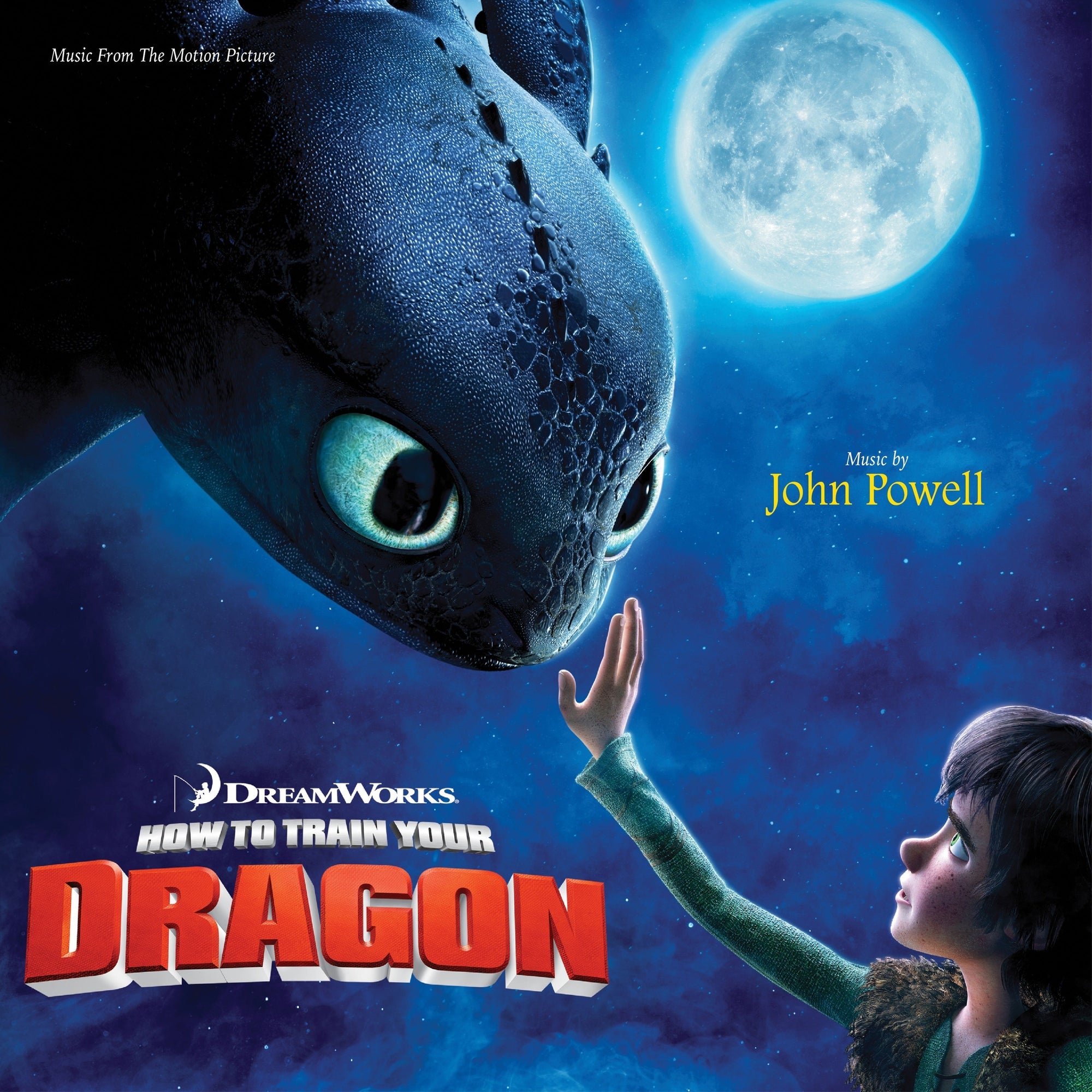
Across four decades, from the 1940s through the 1970s, Bernard Herrmann helped elevate the movie soundtrack to the status of high art. Though, in his early career, he worked with visionary director Orson Welles, and would go on to score iconic movies by Brian De Palma and Martin Scorsese, the New York-born composer will forever remain associated with Alfred Hitchcock – not least for his soundtrack to Vertigo, the 1958 masterpiece that arguably found the composer and director at their most sympatico.
The movie follows retired policeman John “Scottie” Ferguson as he sets off on the trail of Madeleine Elster, the wife of a former colleague. Seemingly possessed by the spirit of her great-grandmother, Madeleine’s erratic behaviour leads to her suicide… Or does it? A tale of obsessive love, Vertigo inspired one of Herrmann’s finest scores, its main theme perfectly encapsulating Ferguson’s descent into madness: seemingly endless cyclical motifs folding in on themselves; dramatic horn arrangements veering from startling interjections to foreboding and dread; a slow slide into the darker corners of the mind. It effectively induces vertigo itself.
Throughout Herrmann’s score, short, repetitive motifs needle the psyche with each return, but are woven into a frequently beautiful wider melodic framework. There are also nods to another tale of obsessive love, Wagner’s 19th-century opera Tristan Und Isolde, along with tender passages that not only remind you of Ferguson’s genuine romantic yearning, but underscore the tragedy to come.
A musicians’ strike in Los Angeles meant that Herrmann himself was unable to conduct the Vertigo recording sessions, which ended up being held in Vienna and London, under the supervision of Scottish composer Muir Mathieson. A severely abridged Vertigo soundtrack album was released alongside the movie, in 1958, but it wasn’t until almost four decades later, in 1996, that the original master tapes were found at Paramount Pictures. Some cues had been damaged over time, but a remastered Vertigo soundtrack offered the most comprehensive release of what remains arguably Herrmann’s masterpiece – a score that, in the words of esteemed music critic Alex Ross, not only “vastly enriches the images it accompanies,” but which has “also found a life outside the film.”
RECOMMENDED READING
📰 An Interview With Mrs Norma Herrmann, Wife Of Bernard Herrmann, And Good Friend Howard Blake OBE… – Spitfire Audio
The late composer’s widow and English composer Howard Blake discuss Herrmann’s pioneering use of the Moog synthesizer, his approach to creating soundtracks, and his less-known romantic side.
📰 An Interview With Bernard Herrmann - BernardHerrmann.org
Conducted in 1975, the year of his death, Herrmann discusses battling with directors, falling out with Hitchcock, and why, when a composer scores a movie, “he gives it life.”
📰 The Music That Casts The Spell Of Vertigo - The New York Times
Following the discovery of the original master tapes in 1996, Alex Ross explores the ways in which Herrmann’s score helped Hitchcock’s masterpiece become “a symphony for film and orchestra.”
DEEP CUTS WE LOVE…
“Carlotta's Portrait" - While the Vertigo score never dives wholesale into film noir, moments like this skulk around its edges. The shortest cue in the movie, “Carlotta’s Portrait" alerts us to an uncanny connection between Madeleine and her great-grandmother.
“Farewell And The Tower” - Herrmann rewards Ferguson and Madeleine’s romance with some of the most beautiful music in the film – for a moment. It’s not long before a sense of unease begins to encroach upon the lovers’ bliss. Even the moments that should soar are somewhat dizzying – rising, rising, rising, until Ferguson, frozen by vertigo, watches Madeleine leap to hear death. Herrmann’s masterful shifts in tone create a sonic narrative that ensures the cue’s success as a standalone piece of music.
“The Nightmare And Dawn” - After a short, almost innocuous introductory passage, jittery strings crawl in like an infestation of the mind. Variations on the same three-note motif are passed from instrument to instrument, destabilizing the center before, at the 1.34 mark, the arrangement seems to chase itself into a frenzy. Nightmare over, a gong crash signals the dawn – uneasy at first, before the strings offer a brief flash of romance that’s reflected – and inverted – in the following cue, the mournful “The Past And The Girl.”
“Scene D'Amour” - The slow swells and tentative progression should signal a love scene, but, by now, Ferguson is utterly deranged, having remade his new love, Judy, in Madeleine’s image. The soaring arrangement that comes in at 3.06 is not an aria for the meeting of souls, but a lament for the alternate reality that Ferguson has constructed – and which will ultimately lead to his unraveling.
DID YOU KNOW?
- Vertigo was Bernard Herrmann’s fourth collaboration with Alfred Hitchcock.
- His first movie score was for Orson Welles’ groundbreaking cinematic debut, Citizen Kane.
- The video for Lady Gaga’s “Born This Way” opens with a snippet of Herrmann’s Vertigo prelude.
- Herrmann’s score for The Day The Earth Stood Still became one of the first soundtracks to feature electronic instruments.
- The composer died on Christmas Eve, 1975, the night that he finished his final score, for Martin Scorsese’s Taxi Driver.
Listen to Vertigo in its entirety on your preferred streaming platform or purchase on wax below.
Words: Jason Draper






